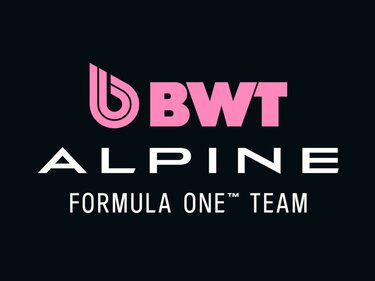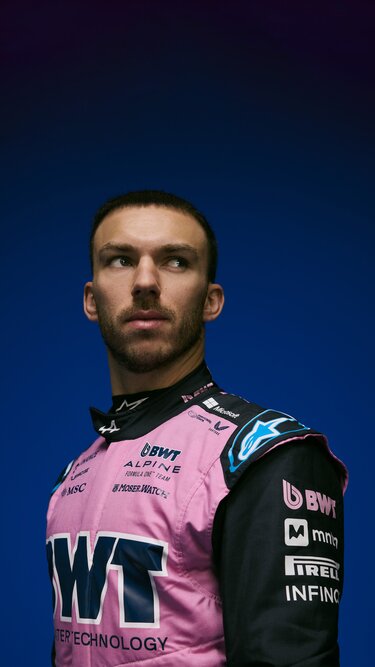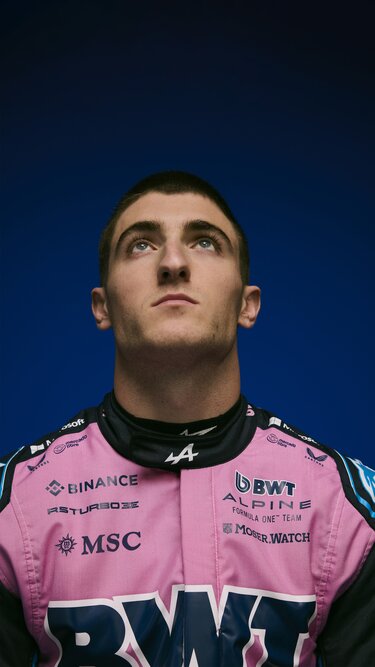
BWT Alpine F1® Team
Rise Higher
De Alpine A525 combineert knowhow en innovatie, en belichaamt ons streven naar lichtheid en ultieme prestaties.

Streven naar lichtheid
Het chassis van de A525 bestaat uit een monocoque in gegoten carbonvezel en aluminium honingraatcomposiet, geproduceerd door het BWT Alpine F1® Team en ontworpen voor maximale sterkte en minimaal gewicht.

Grensverleggend

Van het circuit naar de weg
Onze focus op aerodynamica en lichte materialen, die op het circuit worden getest, is zichtbaar in elk Alpine-model met als doel om een uitzonderlijke rijervaring te bieden.
Onze autocoureurs
ontdek ook
WEC

Boetiek

Seizoen F1® 2025 - Live volgen

Onze partners





